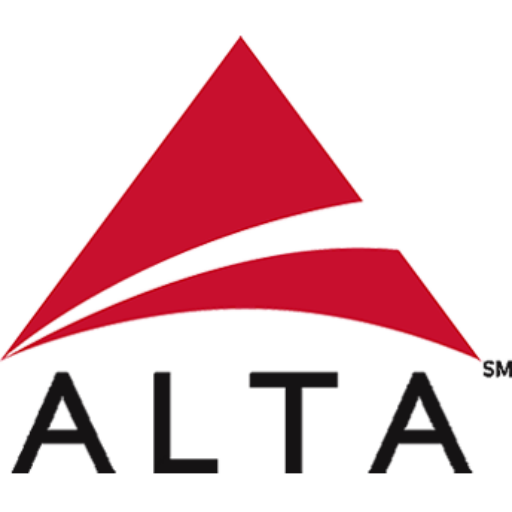If the term “translation software” makes you think of paid language professionals plugging text into Google Translate, guess again! Computer-assisted translation tools are complex, varied, and integral to any seasoned translator’s daily work. This overview will help you learn more about the different types of tools translators use – and why your language services vendor needs to be an expert at using them.
Type: Memory
Function
Translation memory software works in conjunction with a word processing program to store and “remember” previously-translated portions of text. Translation memory saves these segments in both the source and target language. Over time and numerous projects, this process builds a sizable database of matched text. When a certain segment from the database appears in a document, the software suggests its equivalent in the target language. It’s up to the translator to confirm the suggestion if it fits or override it and manually enter a different one.
Benefits
- More efficient, leading to faster turnaround times for projects
- More accurate, reducing the possibility of human error
- More consistent, encouraging greater customer satisfaction
Type: Terminology Management
Function
Terminology management is a more bare-bones approach that allows clients and translators to compile key terms and industry-specific language into an authoritative glossary. As a living document, it is updated regularly to account for changes in verbiage, style, or legal requirements.
Benefits
- Ensures consistency across projects
- Decreases the amount of rework and corrections needed
- Used in conjunction with translation memory software, provides significant cost savings to the client
Type: Machine
Function:
In its most basic form, machine translation is the plug-and-play technology we have come to be familiar with. In fact, there are certain professional scenarios where the initial translation is done by machine, followed by review and edits by a human translator.
Benefits:
- Significantly lowers costs for high-volume projects
- Decreases time-to-market for time-sensitive projects
- Quality improves as the software “learns” and adapts to content
Computer-assisted translation tools make it possible for language services providers to supply high-quality translations in the speediest and most cost-effective way. That means fewer headaches and a higher return on investment for clients.
About the Translation Tip of the Week Series
Every week, ALTA Language Services shares tips, tricks, and translation best practices. These industry insights are especially helpful for companies and individuals who work with translation agencies on a regular basis, or are in the market for complex translation services.
